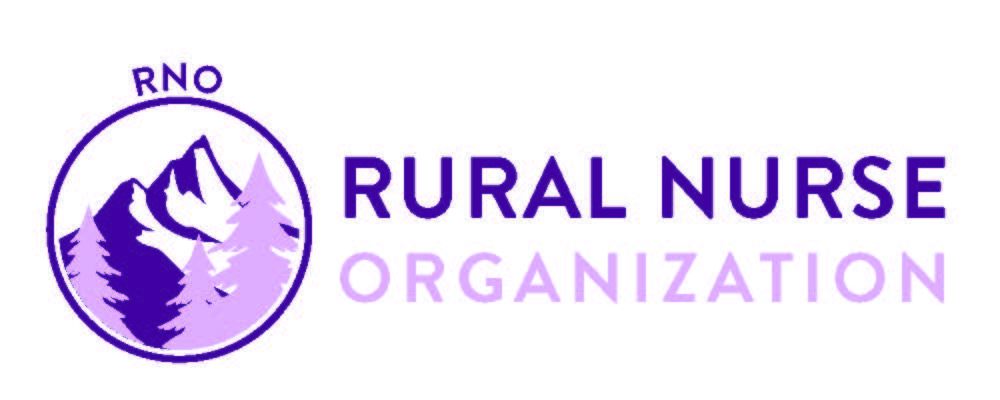Rural Illicit Drug Use and Drug Overdose Deaths
Joan Grant Keltner
While individuals who report illicit drug use is lower in rural areas, deaths from drug overdosages now exceed those in urban areas (CDC, 2024). Even though urban districts have higher rates for cocaine, heroin, and synthetic opioid (e.g., fentanyl, fentanyl analogs, and tramadol) use, deaths from psychostimulants with an abuse potential is about one-third higher in rural counties when compared to urban ones. Death rates from using natural (e.g., opium, morphine, codeine) and semisynthetic (e.g., oxycodone, hydrocodone) opioids also is higher in rural counties when compared to individuals living in urban counties (Spencer et al., 2022). Ongoing contributors to this problem include chronic health problems; limited finances; higher rates of unemployment; greater usage of prescription opioids to increase productivity in manual labor industries, such as mining; and limited health providers and treatment facilities within a reasonable distance to address substance use disorders. Stigma and negative opinions that using these agents is an individual weakness are other factors (NORC Walsh Center for Rural Health Analysis, 2020).
Rural communities have a variety of barriers including inadequate detoxification and behavioral health services. The need to travel long distances to access these services is another barrier. Prevention programs are too few, spread over large geographic areas in rural communities. Inadequate fiscal and support services for long-term recovery programs and a lack of privacy in some rural communities are other barriers to treatment. Limited health provider training for individuals presenting with a drug overdose is another significant issue (Rural Health Information Hub, 2024).
Gale and colleagues (2020) offer numerous strategies for rural community leaders to address this problem by assessing, engaging communities, and screening for illicit drug use. These experts also suggest employing strategies for preventing (school-based educational programs, drug take-back programs, and prescribing guidelines), treating (integrated substance use assessment and treatment within primary care, telehealth, and medication-assisted treatment programs), and recovery (use of support groups and self-health, coaching, recovery coaches, and vocational training) in addressing substance use and associated deaths in rural communities. Other strategies also include:
-
Engaging rural communities through community coalitions identifying financial and personal resources to assist rural communities in implementing these broad-based coalitions;
-
Developing models and programs using specific interventions to help individuals with lower incomes who sell their prescription medications to meet their basic needs;
-
Disseminating programs, providing key information focused on strategies to lessen stigma and physical and psychological harm;
-
Preventing accidental deaths through programs to enhance safe storage and disposal of these drugs;
-
Providing technology to enhance implementation of these educational programs;
-
Engaging key rural community stakeholders and organizations (e.g., RNO, Rural Health Organizations, etc.) in sharing educational materials and implementing these programs and supportive funding to support these efforts;
-
Supporting the availability of recovery and peer support services for drug users;
-
Encouraging local public health departments in developing community-based prevention, harm-reduction, and overdose prevention programs;
-
Engaging rural law enforcement officials and public health officials, and substance use professionals in a process to support develop models and programs that focus on using substance use treatment instead of judicial consequences; and
-
Encouraging governing authorities to share prescribing guidelines and supportive programs with rural providers through telemedicine and video technology (Gale, 2016).
Together rural health providers in conjunction with key stakeholder leaders in rural communities can address and lessen negative outcomes associated with illicit drug use and drug overdose deaths in rural communities.
References
Centers for Disease Control and Prevention. (2024, May 16). Drug overdose in rural America as a public health issue. https://www.cdc.gov/rural-health/php/public-health-strategy/public-health-considerations-for-drug-overdose-in-rural-america.html
Gale, J. A. (2016). Rural communities in crisis: Strategies to address the opioid crisis. https://www.ruralhealth.us/getmedia/fb3ba3cc-ac75-4828-833c-a1aa5f060917/RuralCommunitiesinCrisisStrategiestoAddresstheOpioidCrisisPolicyPaperApril2016.pdf
Gale, J, Kahn-Troster, S, Croll, Z, First, N. (2020, June). Engaging critical access hospitals in addressing rural substance use. University of Southern Maine. Flex Monitoring Team. Briefing Paper #44.
NORC Walsh Center for Rural Health Analysis. (2020). Rural prevention and treatment of substance use disorders toolkit. Rural Health Information Hub. https://www.ruralhealthinfo.org/toolkits/substance-abuse.
Rural Health Information Hub. (2024). Substance use and misuse in rural areas. https://www.ruralhealthinfo.org/topics/substance-use#local-treatment
Spencer, M. R., Garnett, M. F., & Miniño, A. M. (2022). Urban–rural differences in drug overdose death rates, 2020. NCHS Data Brief, No. 440. National Center for Health Statistics. https. https://dx.doi.org/10.15620/cdc:118601
